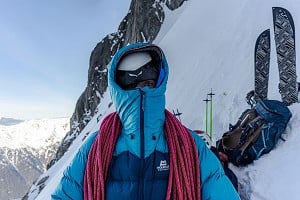
Note: Photos were taken before the Coronavirus lockdown. At the moment we emphasise that no one should be travelling to the hills or crags
A revised model launched late 2019, the Fenrir is an excellent mid-weight down jacket. Key improvements from the previous Fenrir include a new stronger, lighter face fabric, better panelling and cuffs, and the use of DownTek's new Zero PFC hydrophobic down. The fit has tightened up too - which may or may not be a good thing depending who you ask!
There is something inherently luxurious about the lofty softness of jackets filled with high quality goose down, and this one is very likeable. Call me sad, but slipping it on and zipping it up on a frosty morning is just one of life's strange little pleasures - it is not hard to see why down jackets have become such a regular sight across the country in winter; in the hills, the countryside and of course in city centres too.
The Fenrir definitely looks smart, and there's no reason why it couldn't be used for winter morning commutes or taking the dog for a walk, like so many other jackets of its ilk. But at £295 it is fair to expect a lot more from a jacket than to keep you warm and look nice as you walk from the train station to your office.
What is it for?
The Fenrir is very much designed as high performance outdoor gear for cold weather. Having said that, we would argue it is not a thoroughbred duvet jacket for alpinism or winter climbing. This is not to say that it can't be used for those activities - just that there are options designed more specifically with the role of, say, "belay jacket" in mind. For example, the Fenrir's hood is not designed to go over a climbing helmet - unlike the wired hood on Jöttnar's wonderful Fjorm jacket. I can pull the hood up over a lid, but I then can't do the zip up fully.
Similarly, the Fenrir does not have a two way zip, so if you pull the jacket on to keep you warm whilst belaying you either have to tuck it down inside your harness - quite a hassle - or just be happy with the jacket being only down to your waist. If you wear the jacket under a harness, you also find that the pockets are not really accessible. This might seem like damning criticism, but only if you had bought the Fenrir as a belay jacket. Jöttnar don't claim it to be, rather it is a general jacket for cold conditions - and in that role it is very successful. Think winter hillwalking, chilly bouldering sessions or frosty camps and bivvies.
Fit
Unlike some of Jöttnar's products the Fenrir is available in both men and women's versions, which is good to see. We have reviewed the men's size Large.
To date all the Jöttnar pieces I have reviewed over many years have been in medium, and I had come to think of Jöttnar's sizing as quite generous, particular across the shoulders and chest - they are ex-Royal Marines after all so presumably strapping chaps! So it is interesting that they seem to have changed their sizing rather this season, at least in their down pieces. Jöttnar call this their "standard" fit. In the Fenrir a Medium was noticeably too small across the shoulder and chest for me, so I swapped for a Large. As Jöttnar work mainly direct to customers they are very good at swapping sizes if customers aren't happy with the fit. In large the Fenrir is a good fit on me - quite long in the body meaning the scooped hem at the back easily covers my bum. I can lift my arms with some but not excessive hem lift. The arms are long suggesting large would fit people plenty taller than me (I'm 175cm, and medium build). However if you're very big and tend to take an XL or above, then it's possible this new slimmed-down Fenrir could simply be too tight even in its largest size: if possible, try before you buy.
The cuffs are finished with lycra, including a stretch panel that means it is easy to put the jacket on over medium-weight gloves. When not wearing a helmet, the hood works well and greatly adds to the warmth of the jacket when pulled on as a booster layer. The hood can be cinched down with a drawcord so it can fit over heads and hats of different sizes and be snug regardless of what you have on under it.
The fill
The warmth comes from 850 Fill Power goose down, in a 93/7 down/feather ratio. This is good quality, high-lofting stuff. In men's size M you get 121g of down fill, Jöttnar tell us. It's worth noting that in our group test of lightweight down jackets two winters ago, only two brands were using 850 fill power down, while most use 700 or 750. Theoretically this means that gram for gram, and discounting baffle design etc, the Fenrir should be warmer than many of its competitors.
Jöttnar also use the DownTek coating on their down, making it hydrophobic, which they claim should keep the down dry 10 times longer than if untreated. Jöttnar source their down from companies that follow the Responsible Down Standard and the Down Tek treatment is fluorocarbon free.
In a sign that Jöttnar recognise that we can't always use our jackets in deep sub-zero conditions, they have filled "potential moisture zones" at the cuffs, hem and collar with synthetic insulation which is better able to perform when damp. I was wearing the Fenrir recently between routes at Froggatt Edge. Whilst the friction was good, the weather wasn't particularly - it was blowing a gale, only about 5 or 6 degrees and we watched squally showers blasting over towards us from the west. Whilst the wind dried the rock almost as soon as the shower had passed over us, it wasn't classic down jacket weather but nevertheless the Fenrir was great, shrugging off the showers. In short, the Fenrir will work well in the crisp dry cold of the high mountains or the far north, but also works in the typical British conditions of wet-cold: wind, rain, sleet, thick heavy snow (and we all know that's the worst kind of cold!).
Fabric and construction
The jacket has a lightweight 30 denier ripstop nylon shell which is windproof and has a DWR coating that is effective at keeping a bit of rain off for some time. It feels suitably robust for its light weight.
One limitation for the Fenrir in terms of warmth is its baffle design. It uses the common "stitch-through" method to create the channels that hold the down, rather than the more complex and expensive box-wall baffles (which the Fjorm jacket does). Stitch-through is very much the norm, particularly in lighter down jackets, but it does create possible cold spots in comparison to box walling.
Weight and packability
Jöttnar says the jacket weighs 390g for men's medium; our review sample is a large and weighs 429g, which sounds about right. It packs down into its own stuff sack which is slightly bigger than a 1L Nalgene water bottle. It is very packable and is great to have along as a 'camp jacket' on winter backpacks or anytime when you have a night in a tent during the colder months. You could also hang it from your harness as a warmth booster at belays (though bearing in mind its limitations as a belay jacket). I haven't had a chance yet, but it would be the perfect jacket to chuck in my pack for lunch stops and as an 'insurance layer' when ski touring.
Summary
Yes, many down jackets of this ilk are perhaps mostly used for commuting and the odd country walk at the weekend. The Fenrir will of course fill this role and do it with style and aplomb, but it will do much more as well. Some people might wear it for piste skiing, other for backpacking, and others for winter hill walks or ski tour lunch stops. Within the limitations outlined above it is a relatively light jacket that would add a lot of warmth for an alpinist bivvying, or the like. Down jackets are not cheap items and the Fenrir is more expensive than some of its competitors; but good quality and ethically sourced down itself is an expensive commodity, and the Fenrir uses really top quality down. Treat a well-made down jacket like this with care and it could last literally for decades.
Jottnar say:
The Fjorm's lighter sibling, designed for weight saving without compromising on features. The Fenrir hooded down jacket is stuffed with ultra-warm 850 Fill Power goose down, in a premium 93/7 down/feather ratio. Our water-repellent down from DownTek™ stays dry 10x longer than untreated down. Unlike inferior versions, our water repellency won't wash out and is free of harmful fluorocarbons. Our ethical approach to down sourcing complies with the Responsible Down Standard.
A water repellent rip-stop face fabric resists the wet, and potential moisture zones at the cuffs, hem and collar contain synthetic insulation. The Fenrir also features a cinched hood, stretch technical cuffs, and is supplied with its own stuff sack for easy carriage.



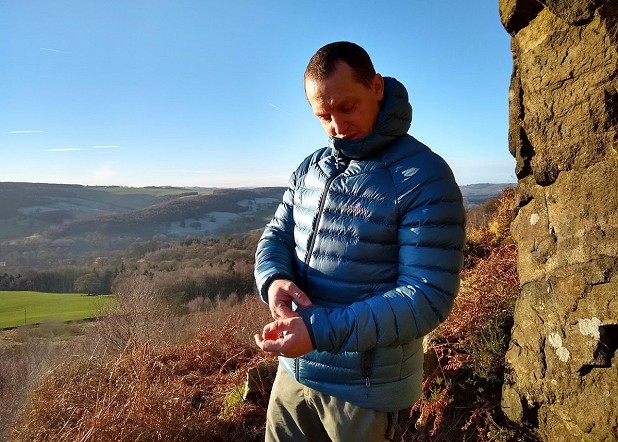
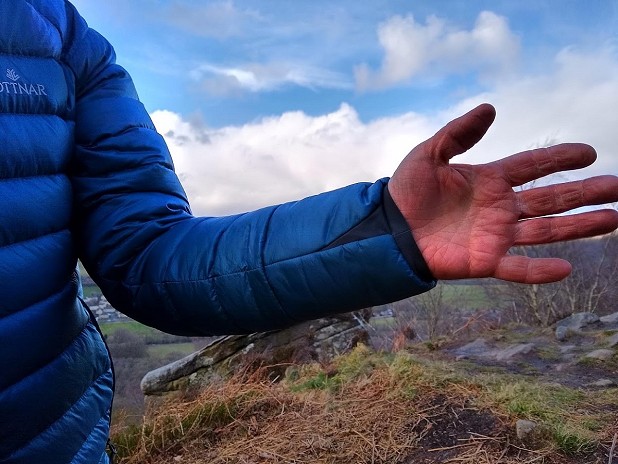
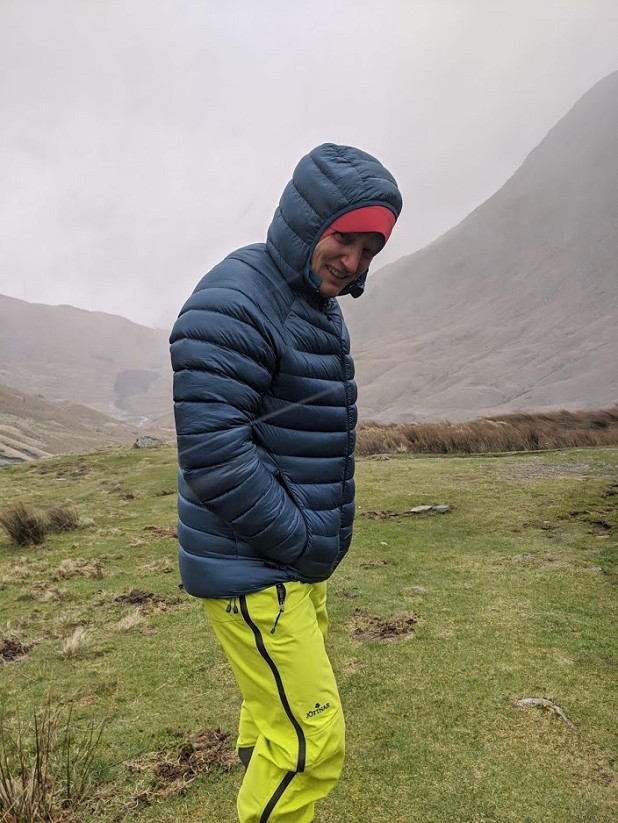
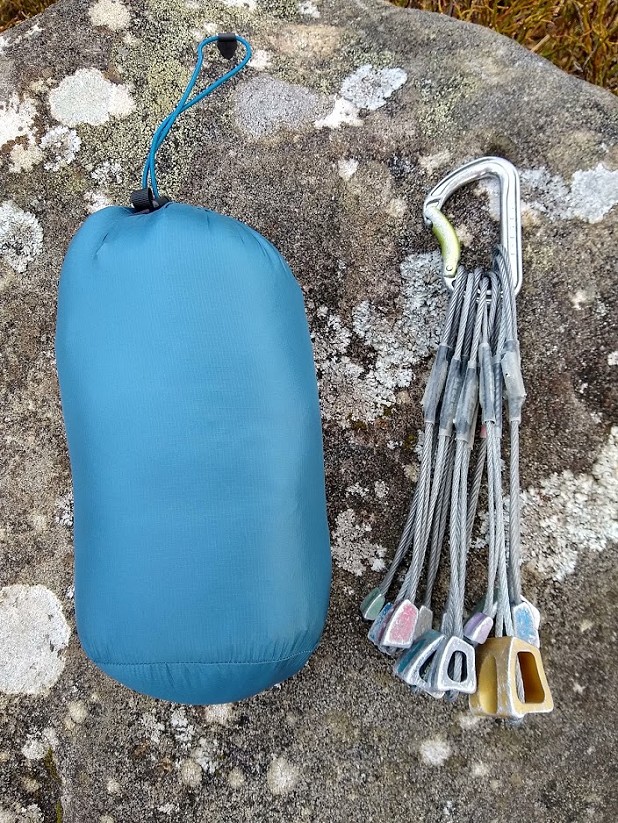
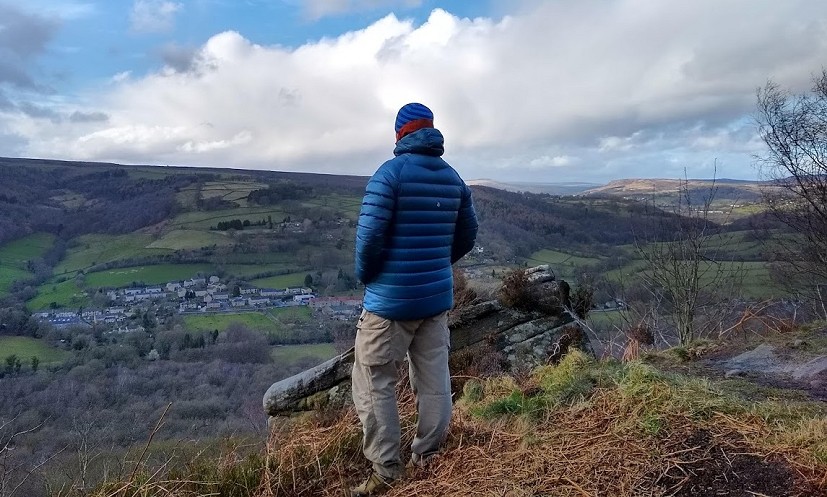
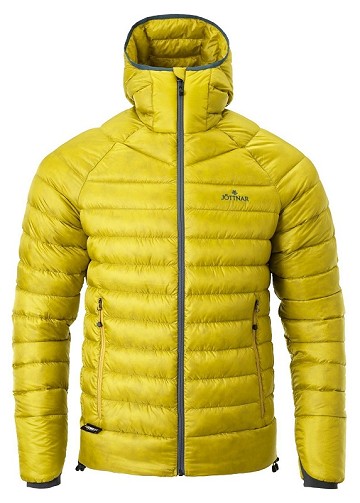

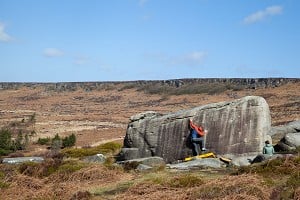

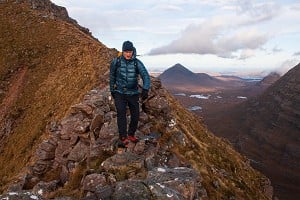






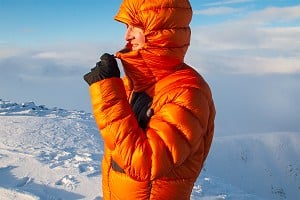



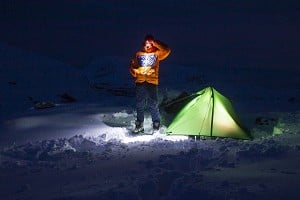

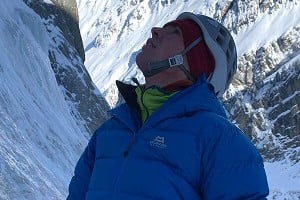



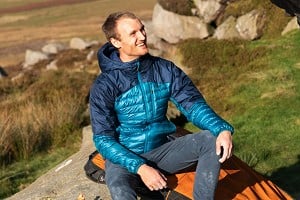

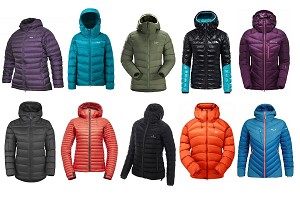
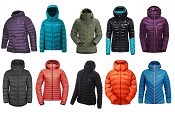
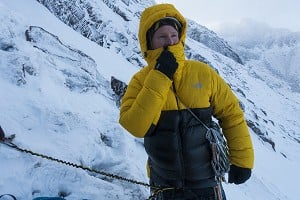
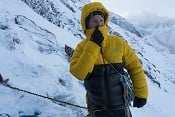
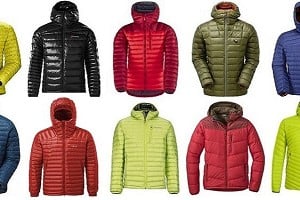
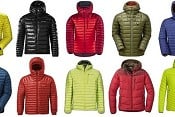


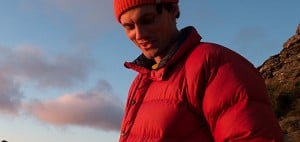



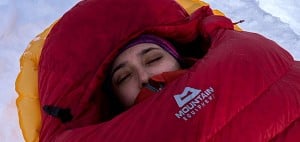



Comments